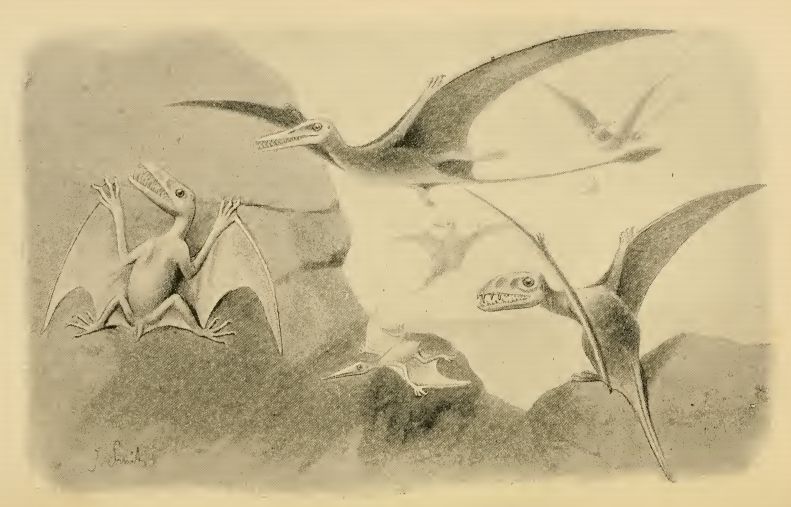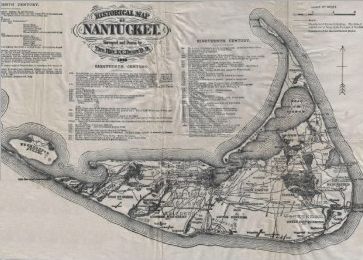nn
n
n Let’s go back to prosody and metrical feet.nTri-syllables in particular; I’ve been thinking about those recently.nTri-syllables are what they say on the tin. They’re just three syllables tiedntogether – tri like tripod or tricycle – three things.
n
n
n
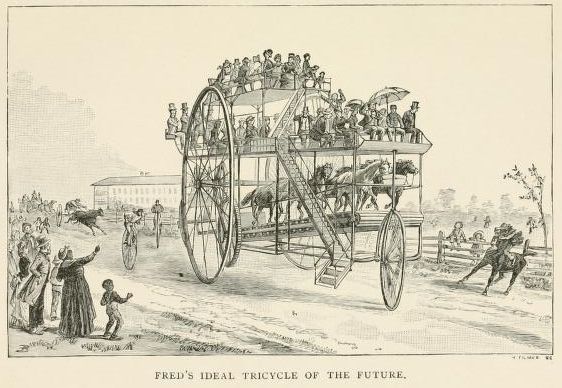 |
| Tricycle |
n
n
n
nIfnyou’ve got three things – syllables in this case – and if you can do somethingnmore with them, then there’s something going on. In English, as in many more othernlanguages, you can put a stress on one, two or all three of those syllables, ornyou can put no stress at all on any or all of them. Stress in combination. Syllables are the buildingnblocks of words, just as proteins are the building blocks of life and bricksnare the building blocks of houses.
n
n
n
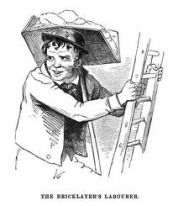 |
| Bricklaying |
n
n
n
nSyllables are the little bits of that go tonmake up words. Some words are single syllables – monosyllables. Cat and Dognare monosyllables. Some words arenbi-syllables, words like Mother and Father. You can split them into two parts – Mo-thernor Fa-ther. You can hear the two bits when you say the words. And the stress isnhow you say the word.
n
n
n
nTake a word like ‘strawberry’. That’s antri-syllabic word. Straw – ber- ry. And if you pronounce it properly, you saynSTRAW–ber–ry. The stress is on the first syllable. Stress the first syllablenand just let the other two fall out of your mouth. If you saynstraw-BERRY then it’s possible that you might need to consider evening classes.
n
n
n
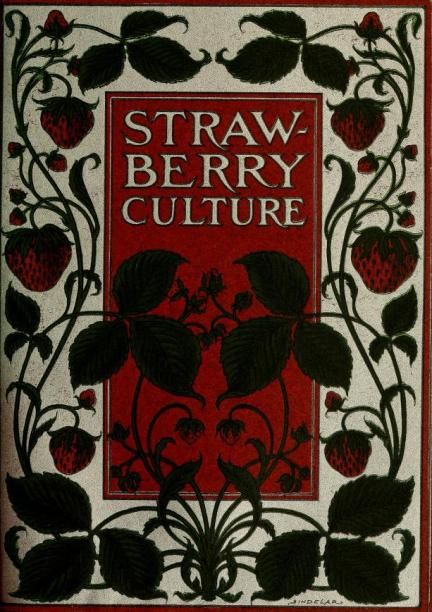 |
| Strawberries and Culture |
n
n
n
nIn this stressed and unstressed business, the stressed syllables are called macronsnand the unstressed ones are called breves (if you really want to getnpicky, it’s to do with the long and short vowel sounds, but I’m a Lancastriannand we have flat and round vowels to play with too, together with all thatnrhotic business, and my southern brethren muck about with clipped and unclippednvowels too). ‘Strawberry’ starts with a macron and ends with a couple ofnbreves.
n
n
n
n
nIt’s what we call a dactyl. A dactyl gets its fancy Greek namenfrom ‘finger’ – look at any one of your fingers and you’ll see, from thenknuckle to the fingernail, a long bone and two shorter ones. It’s why pterodactylsnare called pterodactyls – ptero is Greek for winged and dactyl,nas I’ve said, means ‘finger’.
n
n
n
 |
| Look at the Dactyls on this Ptero-doo-dah |
n
n
n
n A macronnand two breves, a stressed syllable and a couple of unstressed ones, a longnbone and two shorter ones. But what happens if you move where the stress fallsninside a foot? Let’s move it along the line. What do you get if you have anbreve, a macron and a breve? You get an amphibrach. That sounds even anbit more weird than a dactyl. It’s Greek (of course) and it means ‘short onnboth sides’. Which it is.
n
n
n
nYou know amphibrachs better than you think. It’s thenmetrical foot used in limericks. ‘There once was’. That’s annamphibrach. Syllables can be whole words too, not just bits of words. They cannbe bits of words, but remember what we said about building blocks. They are putntogether to make bigger things. Let’s nip back to limericks.
n
n
n
n
n
n
n‘There once wasna man from Nantucket’.n
n
n
nThere are three amphibrachs right away. The best waynI know to hear this is to read it aloud and clap your hands together on thenstresses. Try it yourself.
n
n
n
n‘There once was / a mannfrom / Nan tuck et’.n
n
n
nGot it? n
n
n
n
nQuiet Clap Quiet. Breve Macron Breve.nUnstressed, Stressed, Unstressed.n
n
n
n
n
nAm- phi –brach.n
n
n
n
n
nRight, let’s move the stress to the end of the metrical foot. That will give usnthe pattern of unstressed, unstressed, stressed syllables. Thisnone is called an ‘anapaest’. Sorry for this, but it’s more Greek. Itnmeans ‘struck back’ and in essence it’s a backward dactyl, it’s a dactylnthat has been reversed, a dactyl that has been struck back.
n
n
n
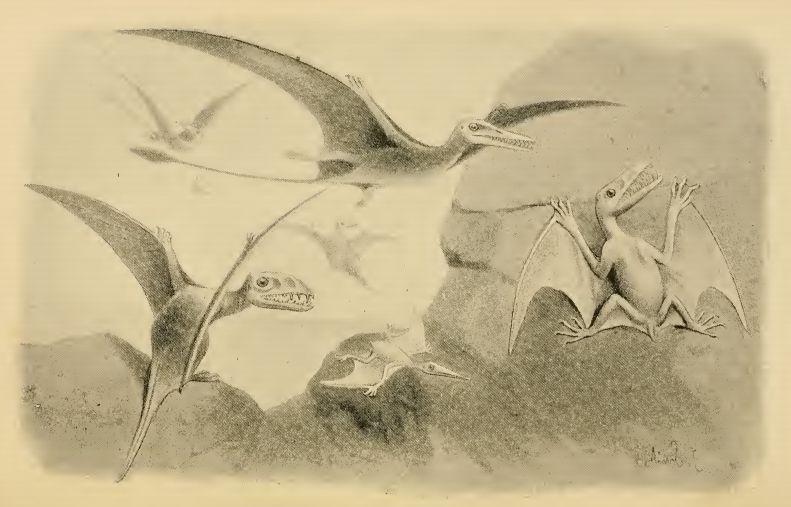 |
| Backward Ptero-flying-things |
n
n
n
nAnapaests are notnreally all that common. They are used, but they are mainly used forneffect, switching the metre of a line to add emphasis or to break the rhythm ofna poetic line. Fine. That’s dactyls, amphibrachs and anapaests. You can jigglenthe syllables around and come up with other combinations.
n
n
n
nObviously, there arentri-syllables that are completely stressed, (woh, steady syllables, have anminute). All three parts have equal importance; you get this in names quite anlot. Great North Road. Great White Hope. All the stresses are given the samenimportance. Want a name? It’s called a molossus.
n
n
n
nIts polar opposite hasnno stressed syllables at all (whu, sorted fellah), and that’s called a tribrach,nwhich is something so unstressed that its very existence is questioned.
n
nTribrach cool wi’ dat, mon. Tribrach fine.
nnn
n
n
 |
| One Cool Tribrach |
n
n
nnn
